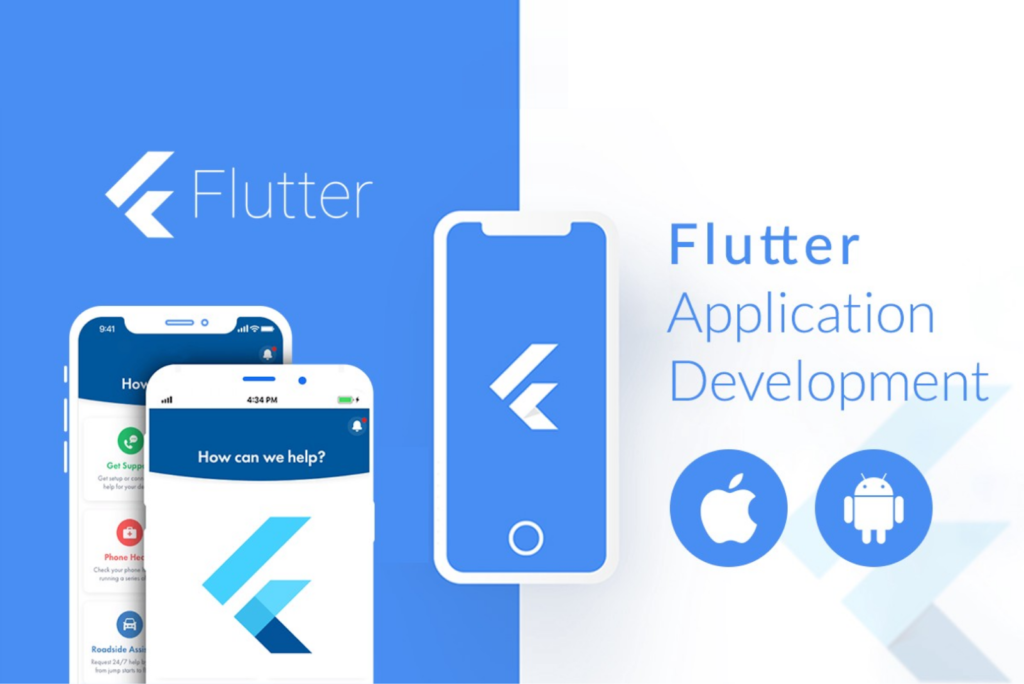Introduction:
Welcome to our blog on Flutter app development, where we explore the benefits, features, and best practices for building robust and cross-platform mobile applications using the Flutter framework. In this article, we will delve into the world of Flutter, discussing its versatility, performance, and how it enables developers to create stunning apps for multiple platforms simultaneously. Whether you're a seasoned developer or just starting, join us on this journey to unlock the full potential of Flutter app development.

